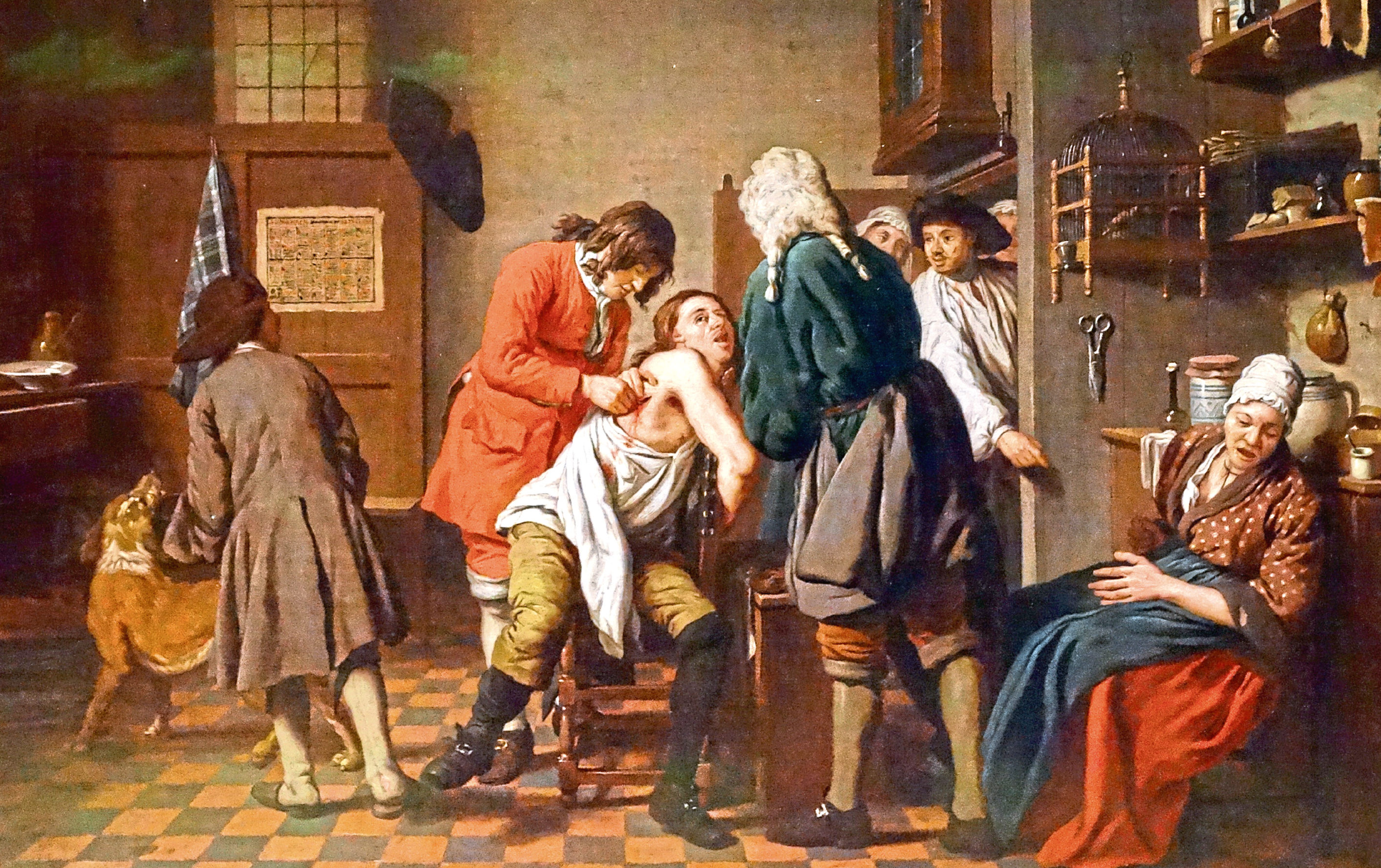
AWARD-WINNING author Thomas Morris, former producer of Radio 4’s In Our Time, tells Sally McDonald the Honest Truth about how he stumbled on some of the most wince-inducing and hilarious anecdotes from medical history and why he decided to write about them.
How did your book come about?
A couple of years ago I was sitting in a library reading a rather tedious article in a 19th Century medical journal. My eye strayed on to the opposite page and I found myself reading a story about a man who had been run over by a cart laden with bricks.
I won’t go into the details, but it was simultaneously horrifying, hilarious and absolutely fascinating; and even though this happened in 1826, when emergency medicine was rudimentary, he made a full recovery. I soon discovered that early medical publications were full of similarly compelling and bizarre anecdotes just waiting to be found.
From where did you unearth these weird stories?
At first I just stumbled across them by accident, read them for my own amusement and then forgot about them. But after a while I realised they were too good to waste, so I started deliberately looking for them and publishing them on my blog.
Where was the research conducted and how long did it take?
Anywhere with an internet connection! Most of these old journals and books have now been digitised and are available online, so you can waste an entire afternoon browsing old copies of the London Medical Gazette from the comfort of your sofa – if that’s your idea of fun.
I started collecting stories about three years ago, and have been doing it in my spare time ever since.
What were the challenges?
I had so many weird and wonderful cases to choose from that it was difficult to know which to include and which to leave out.
Some of the stories had only been published in French or German, so I had to brush off my rather rusty language skills and use online dictionaries to look up some rather niche surgical terms. On the plus side, I now know the German for “pigeon’s rump”, which is bound to come in handy one day.
What were the highlights?
One of my favourites is the American doctor who invented a tapeworm trap – a small metal tube baited with cheese which the patient was expected to swallow to catch parasites in their stomach. It’s about as practical as it sounds.
There’s also the tale of the exploding teeth – the first subject was a Reverend who lived in Pennsylvania.
In the summer of 1817 he suddenly developed an excruciating toothache. He was running round the house like a maniac.
The next morning there was a sharp crack, like a pistol shot. His tooth burst into fragments and the pain instantly went away.
There are a few similar cases to this over the next few decades. All start with a maddening pain, a loud noise and then instant relief. As of yet, these cases remain unsolved.
Which of the finds shocked you the most and why?
There’s one in particular that sticks in the memory: in 1831 a Chinese man called Hoo Loo travelled halfway across the world to London for surgery to remove a massive tumour.
More than 600 spectators crowded into the operating theatre to watch – unimaginable today!
This was the era before anaesthetics, so the experience must have been horrific, and the poor man died during the operation. It caused quite a scandal at the time, and made the medical profession think twice before inflicting surgery on patients who didn’t urgently need it.
Did any make you laugh out loud?
Yes, like the mid-19th Century German boy who ended up with the larynx of a goose stuck down his throat – and who honked accordingly.
The Mystery Of The Exploding Teeth And Other Curiosities From The History Of Medicine, Bantam Press, £14.99

Enjoy the convenience of having The Sunday Post delivered as a digital ePaper straight to your smartphone, tablet or computer.
Subscribe for only £5.49 a month and enjoy all the benefits of the printed paper as a digital replica.
Subscribe